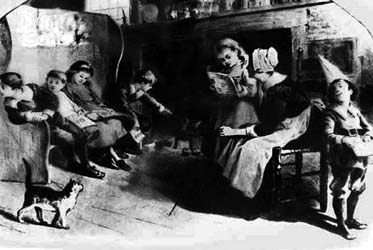
One of the most important people in education is Horace Mann. He was the founder of common schools and helped to reinforce the foundation of education across the country. This “Father of the Public School” believed that public education work towards two goals that were practical and idealistic. In 1837 Mann held the position of “Superintendent” and had a hand in the creation of the Massachusetts State Board of Education. He strongly enforced improving education for all social classes. He believed that educating the working class would improve the economy by increasing the efficiency of industry and business. Mann thought that lower income families deserved the same amount of education as those who could afford it. One of the ways he did this was trying to desegregate the classrooms, but the role of religion proved to be an issue. He was not only a leader in education reform, a motivational force to his students. His focus in the classroom was not towards the typical content, instead he concentrated on relevant information that would prepare them for the real world.
In 1838, Mann created The Common School Journal. In it, he discussed the problems within public schools and what he believed in; “his six main principles were: (1) the public should no longer remain ignorant; (2) that such education should be paid for, controlled, and sustained by an interested public; (3) that this education will be best provided in schools that embrace children from a variety of backgrounds; (4) that this education must be non-sectarian; (5) that this education must be taught by the spirit, methods, and discipline of a free society; and (6) that education should be provided by well-trained, professional teachers. Mann worked for more and better equipped school houses, longer school years (until 16 years old), higher pay for teachers, and a wider curriculum”
Mann was a pioneer for all teachers in education and the public school system. He was one who stood up for what he believed in and made changes to better society through new age innovation and learning.


